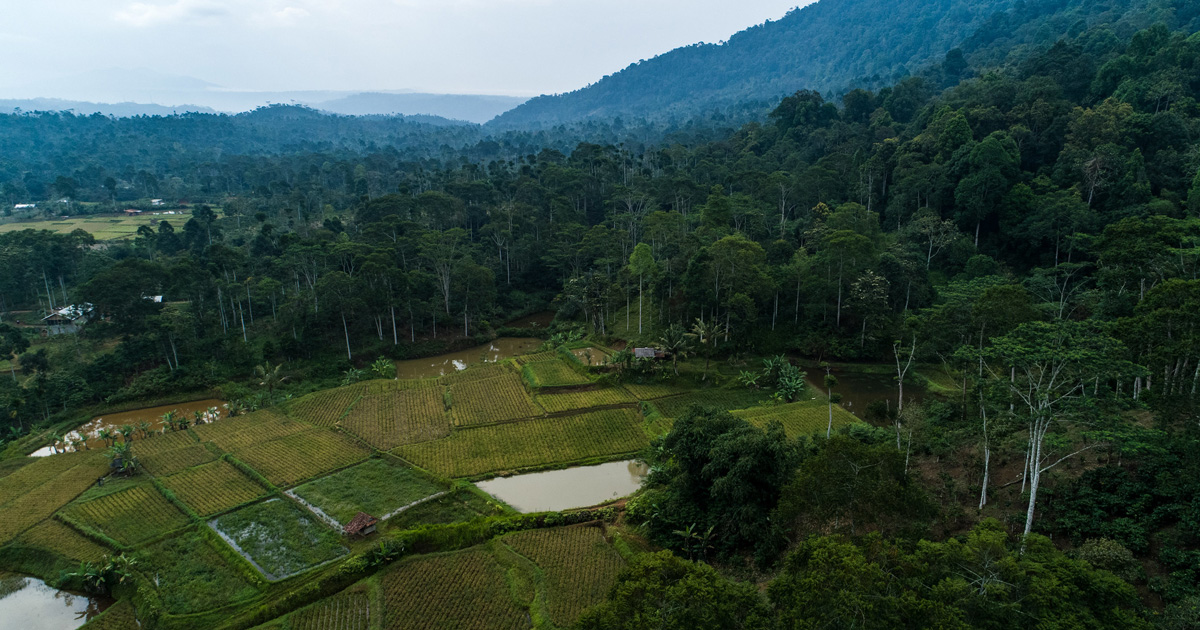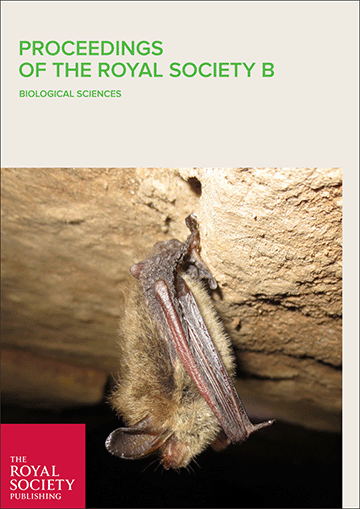Conservation efforts at local, regional, and global scales often focus on threatened species despite recent calls to adopt more equitable and potentially more economically rational approaches. Critics contend that conservation planning centered only on threatened species fails to deliver cost-efficient conservation outcomes. We explored how planning to preserve threatened mammal species would influence the efficiency and effectiveness of conservation investments in East Kalimantan, Indonesia. We found that the explicit protection of threatened species delivered cost-efficient outcomes in this situation, afforded adequate protection to over 90% of those species not yet considered endangered, and contributed to the partial protection of the remainder. We used Marxan, a conservation planning tool, to determine the frequency that planning units are selected in efficient reserve systems and assessed the relative risk of deforestation of each planning unit. Our methods allowed us to identify areas of the region that require the most urgent conservation action.
DOI:
https://doi.org/10.1111/j.1523-1739.2009.01346.x
Altmetric score:
Dimensions Citation Count:























